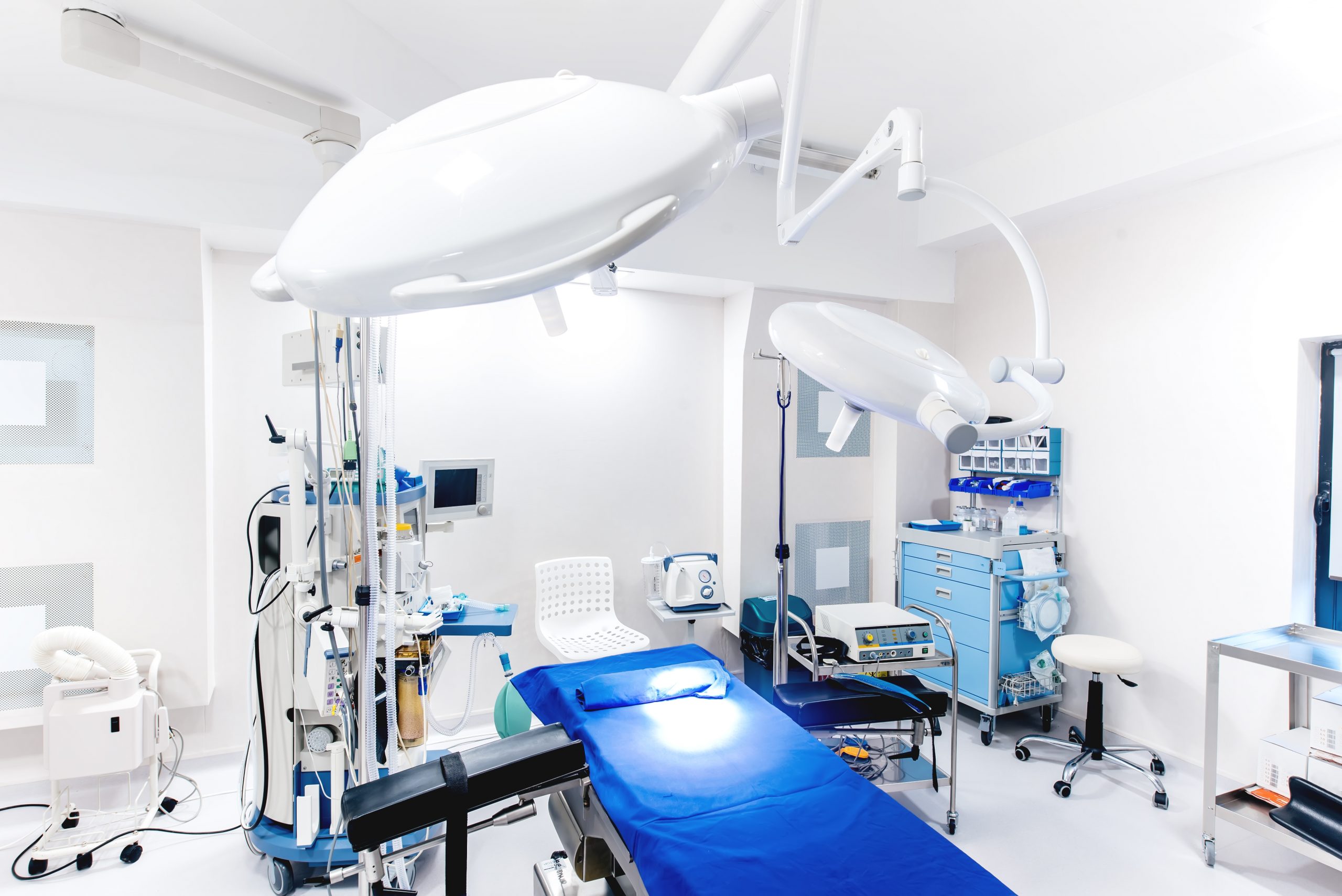When you walk, exercise, or stand up, the somatic (voluntary) muscles in your legs and abdomen work as a pump to push blood up from the lower part of your body back into the main circulation of your body, including into vital organs such as the heart. Since this inter- action can affect your blood pressure and heart rate, an orthostatic vitals test will not produce the most accurate results. However, the tilt table moves your body into an upright position without the use of your muscles, so it does produce more reliable information about how your body reacts to changes in position. It was once considered “the gold standard” of testing for dysautonomias. Today, a simple orthostatic vitals test can be used to assess for dysautonomia. However, a tilt table test is needed for assessing autonomic failure.
Most regional medical centers around the country have tilt table test capabilities, but it is helpful to know that there is wide variation in both procedural protocols and cost. The test is usually performed under the supervision of an electrophysiologist, a cardiologist that specializes in the electrical signals of the heart. Make sure the elec- trophysiologist who supervises your tilt table test follows updated protocols for administering the test. One way to make sure updated protocols are followed is to share the physician information found in this chapter.
Costs can vary widely between facilities. Usually, the medical center charge is between $1,000 and $6,000. If there is more than one location in your area that has the capability of running the test, call the billing offices of all the locations to find out what they charge for the procedure.
The test is fairly easy and if done properly involves minimal risk. Usually you are asked to rest for a period of time after an IV is inserted. When the resting phase is done, they will take a baseline resting measurement of your blood pressure and heart rate. Then the table slowly moves into an upright position with your feet resting on a small platform. Safety straps, like seatbelts, are used to ensure you do not fall.
The test length may vary, but throughout the duration of the test your blood pressure and heart rate are regularly monitored. Should you become symptomatic, have a pronounced drop in blood pressure, or begin to faint, the test should be ended immediately to reduce your risk of fainting.
After the test there is a recovery time. In some autonomic labs IV flu- ids are also administered. If you have any questions about the test, ask your physician.
Tilt table testing usually is done with a motorized tilt table.
Tilt table testing is used to evaluate patients with a complaint of fainting or inability to tolerate prolonged standing.





























